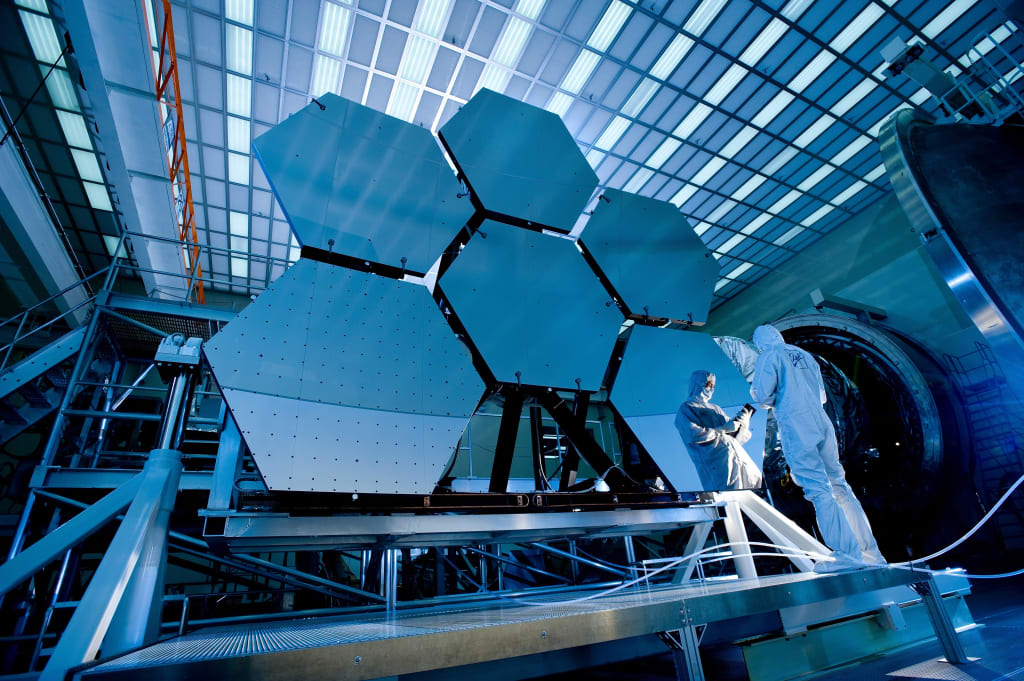
This is absolutely going to change the field.
For the first time, we’ll be able to start answering some of the questions we’ve always wondered about.
NASA just showed off the first full-color images from the James Webb Space Telescope. These images are just a glimpse into what JWST can really do. It took two and a half decades to build and launch JWST, the largest and most advanced space telescope ever built.
Unlike its predecessor Hubble, Webb can observe way farther into the infrared part of the spectrum, giving it an even better look at the first galaxies formed after the Big Bang.
The telescope will help tackle some big questions, like how did our cosmos begin? And are we really alone out there?
Since launching in December 2022, the telescope has had a busy schedule and a few surprises. Originally, it had enough fuel to run for about a decade, but thanks to the precision of its launch, the telescope saved fuel and doubled its lifespan to 20 years.
For the past six months, the telescope was in its commissioning phase which meant deploying it, cooling it down, aligning its mirrors, and prepping its instruments. So far, everything’s been working great.
Which brings us back to the main event: the first imagery from JWST. First, we have our Universe's deepest and sharpest infrared image ever taken. It’s a region full of thousands of galaxies. And because the light from these distant objects takes so long to reach us, we see them as when the Universe was less than a billion years old. But then you remember that this is a whole new set of colors, and then you are actually looking far deeper than you ever could see with Hubble. Then there’s the Carina Nebula, a stellar nursery. This image provides a glimpse into how stars form. With Webb, we're going to be able to see even more detail of those stars and actually even see through the dust into the little cocoons of dust where the stars are forming.
On the other end of the stellar life cycle, there’s the Southern Ring. It’s a region of cosmic dust and gas that surrounds a dying star. The telescope captured two views in different chunks of the infrared spectrum, revealing a clearer picture of the binary star at the nebula's center.
Then there’s Stephan’s Quintet, a compact group of five galaxies. Highlights here are two galaxies in the process of merging and a region of extremely bright gas being pulled into a black hole. And finally, the NASA team released the telescope’s first spectrum of an exoplanet’s atmosphere. This graph reveals the atmospheric composition of a giant, hot planet far from our own Solar System. Data like this can reveal whether a world may sustain life as we know it. In this case, we can see the telltale signs of water vapor. This is absolutely going to change the field.
We're finally going to be able to understand what it's like to live on these distant worlds and what the climate and conditions are like on these planets.
This is just the start.
From just five days of observation, they have already released many images. And we still have 20 more years left. We are at the start of something spectacular. The next thing they'll do is actually make the telescope work even better. 50 years ago, we couldn't even have detected some of these sources. Yet, you can see all this beautiful structure in incredible detail. But it all worked out, and it actually over-performed. It just did better than expected. So it's the best outcome. This whole next year is going to be absolutely spectacular with result after result.
Don’t miss out!





Comments
There are no comments for this story
Be the first to respond and start the conversation.